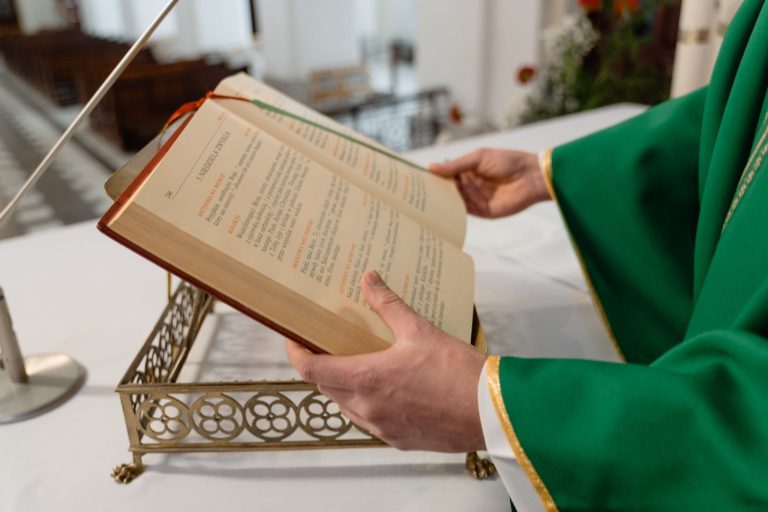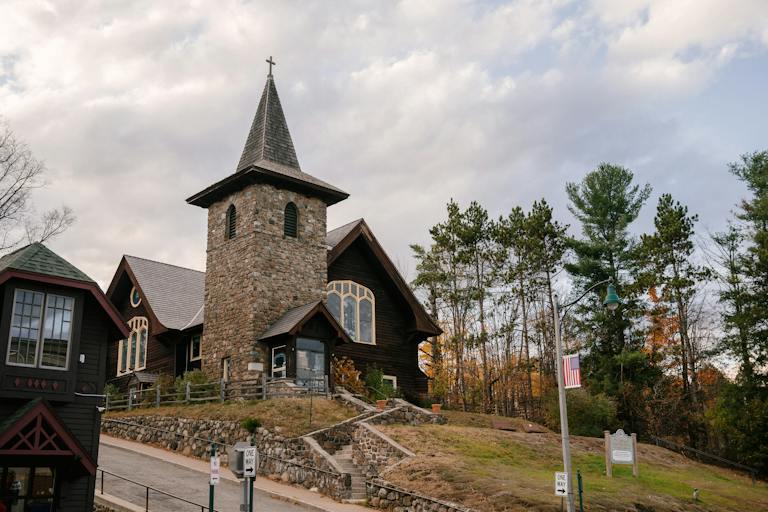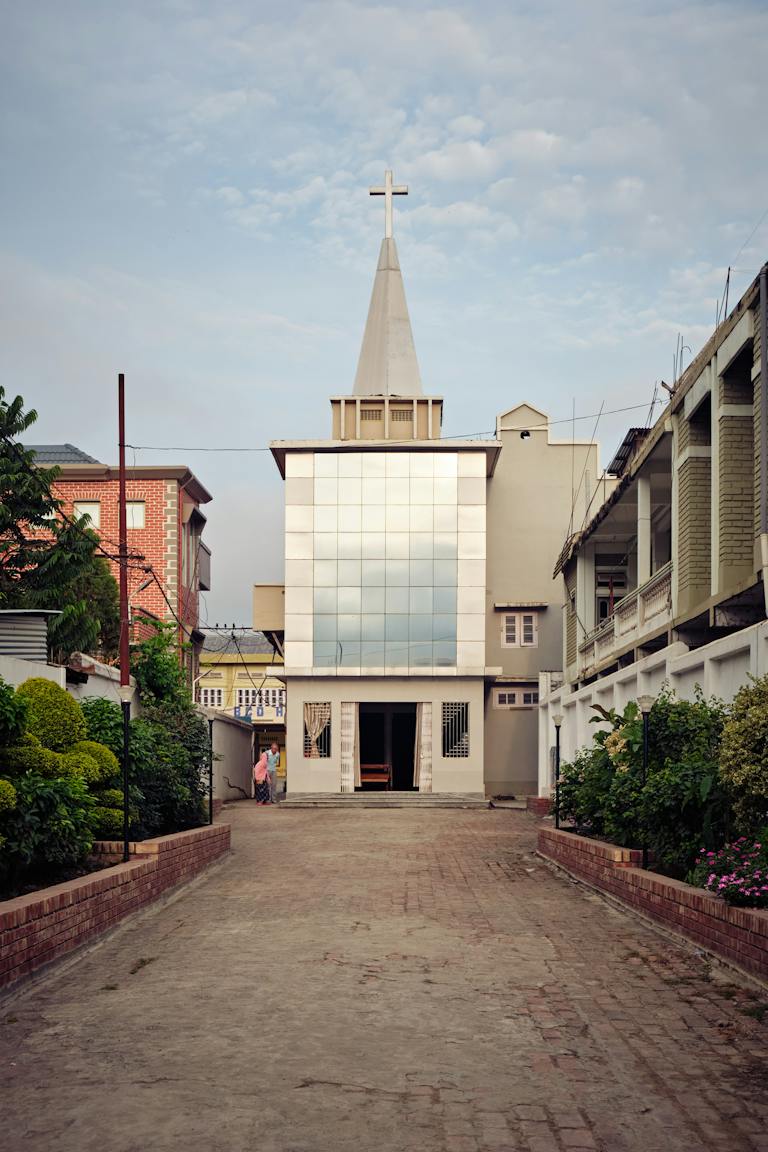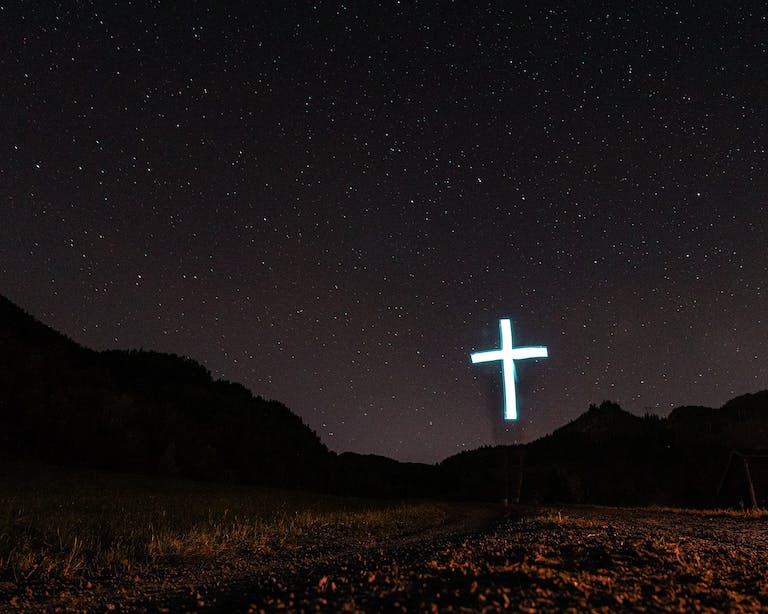Can Catholic priests marry?
The short answer is no. Priests in the Latin Catholic Church take a vow of celibacy, meaning they cannot marry or engage in sexual relationships. This discipline of clerical celibacy has been in place for nearly a thousand years and is deeply ingrained in Catholic tradition. However, there are some nuances to understand behind this centuries-old practice.
The Origin of Clerical Celibacy
Clerical celibacy has not always been universally enforced in the Catholic Church. In the early years of Christianity, it was common for clergy to be married. Even the first pope, St. Peter, was a married man. However, by the time of the First Council of Nicaea in 325 AD, there was growing support for clerical celibacy as a way for priests to focus undivided attention on their spiritual duties.
Over the next few centuries, regional councils issued clerical celibacy requirements, until it became a formal and mandatory rule under Pope Gregory VII in the 11th century. This law of priestly celibacy has remained in place ever since for priests in the Latin Rite of the Catholic Church.
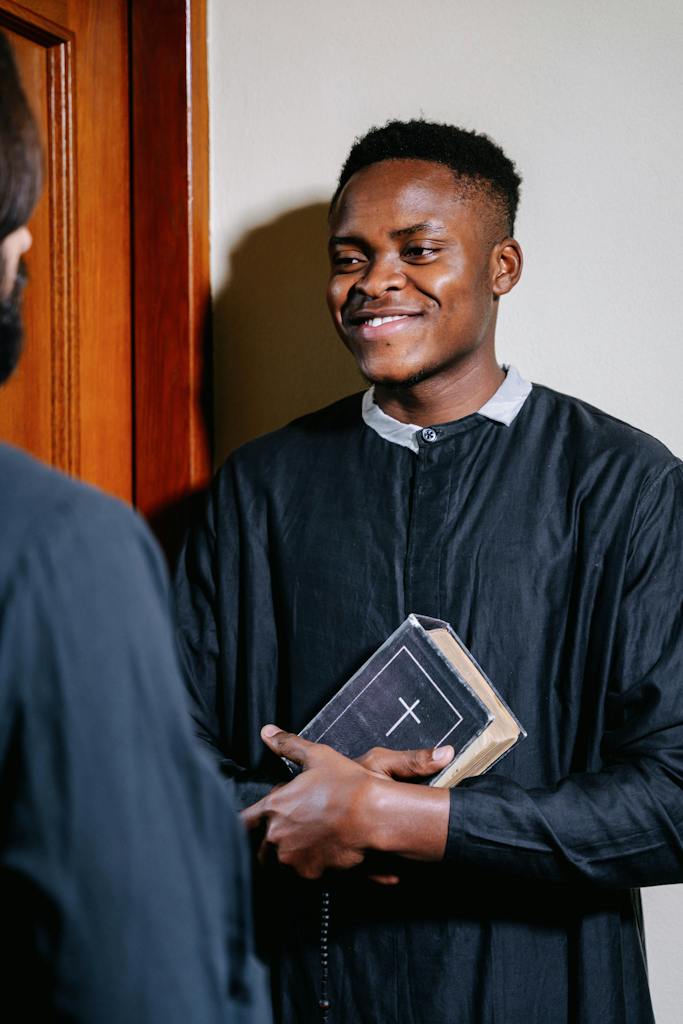
Theological Reasoning for Celibacy
There are several theological reasons given for requiring Catholic priests to remain unmarried:
- Celibacy is seen as a reflection of a life wholly dedicated to God. By abstaining from marriage and family obligations, priests are better able to serve their spiritual duties without distraction.
- Celibacy symbolizes the unique spiritual marriage between the priest and the Church, much like nuns are considered the “brides of Christ.”
- Remaining unmarried enables closer imitation of Jesus Christ, who was himself believed to be celibate and called his followers to a life of chastity for the sake of the Kingdom of Heaven.
There are also some practical considerations behind the tradition: avoiding issues that could arise from nepotism, inheritance of church property by priest’s offspring, and the difficulty of parish transfers for a priest with family ties.
Exceptions to Clerical Celibacy
While celibacy is the rule for priests in the Latin Catholic Church, there are exceptions made in some specific cases:
- Married men who convert from other Christian denominations can be ordained Catholic priests. These men are considered already married, so they are able to balance family and clerical duties.
- Eastern Rite Catholic priests are able to be married before they are ordained. However, they cannot marry after becoming priests.
So while clerical celibacy is the norm for priests in the Roman Catholic Church, it is not without exception. But the vast majority of those who enter the priesthood do take a lifelong vow of celibacy.
Ongoing Dialogue and Controversy
There has been much debate in recent decades about relaxing or even abolishing the clerical celibacy requirement for Catholic priests. Critics argue that allowing married priests could help address the shortage of clergy members in many parts of the world. It could also bring a wider range of practical life experience to the priest’s vocation.
However, supporters of the celibacy tradition emphasize its long-standing place in Church history. They note that relaxing the rules too quickly could undermine or destabilize the spiritual nature of the priesthood. Even some married ex-clergy members argue in favor of retaining celibacy to allow total devotion to serving the Church.
So far there has been no indication that clerical celibacy requirements will change universally any time soon. But the new dialogues hint that adjustments could happen gradually over time. For now, priests in the Latin Rite take a vow of celibacy, with limited exceptions made, and cannot marry unless they leave the priesthood.
In Closing
The discipline of Catholic priestly celibacy has a complex, millennium-old history behind it. While a life of celibacy is not without its challenges and controversies, it remains an integral part of Latin Rite Catholic traditions and spiritual identity. Exceptions might arise or occasional changes be made, but priestly celibacy looks to continue shaping the faith for generations to come.
I pray this overview has increased understanding of this meaningful, but often misunderstood Catholic practice. Please reach out with any other questions or points of discussion.


